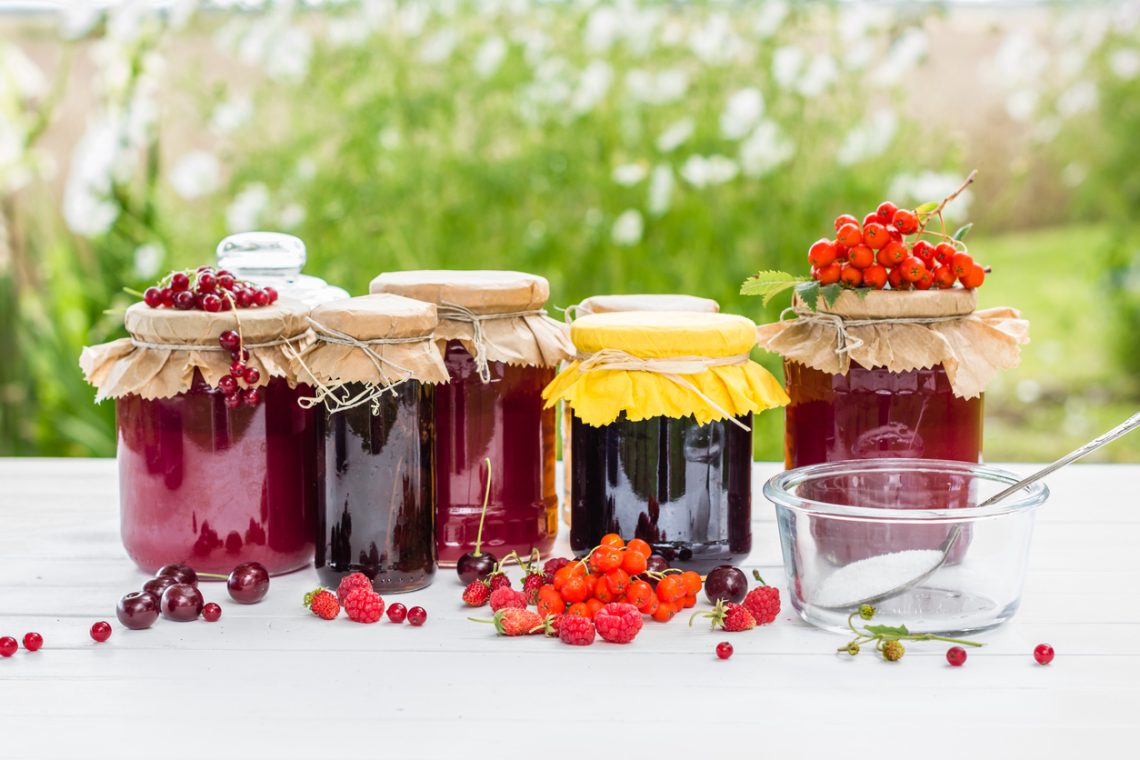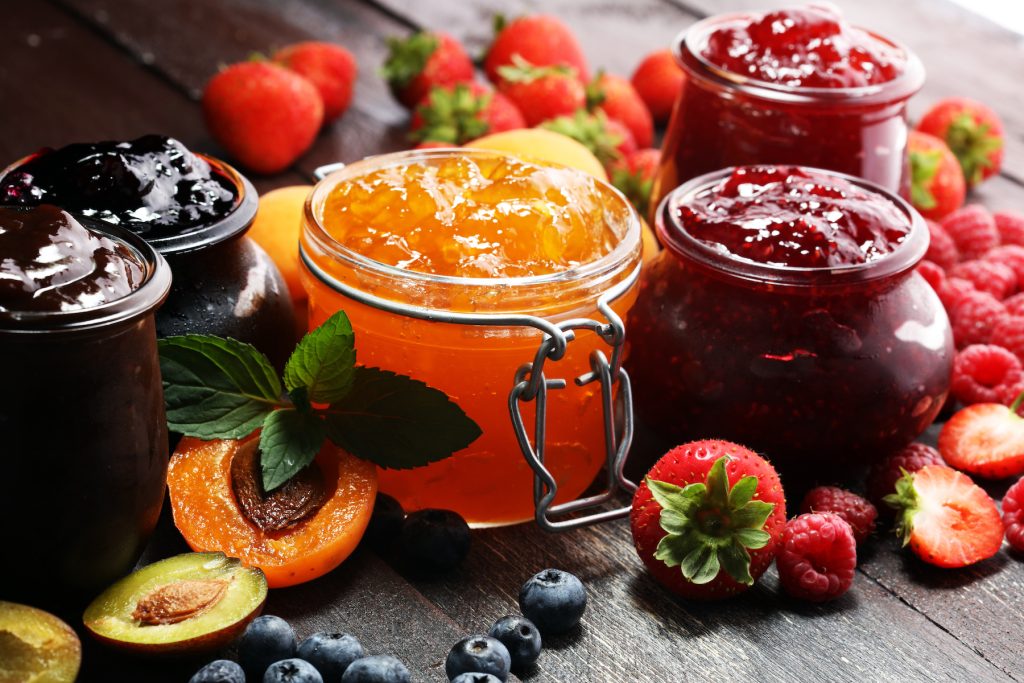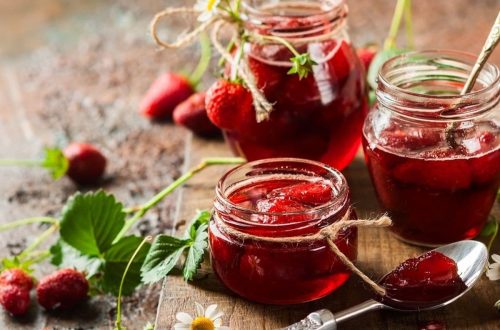
The Chatham Jam and Jelly Store
The Chatham Jam and Jelly store is a small family-owned business that has been producing high-quality preserves for over 38 years. All of their products are made in a commercial kitchen with fresh, local ingredients. Read on to learn more about how to make your own jams and jellies.
Home-canned jams and jellies
Home-canned jams and jelves are a delicious treat that can be made from fruit that’s readily available. Unlike commercially canned products, they’re often less sugary and savoury. Historically, jellies and jams were made without the use of white sugar. That’s because white sugar is only a relatively recent invention, and wasn’t widely available to common people in the long history of food. Jelly is a boiled-down fruit juice or other liquid infusion that has a gelling effect.
Home-canned jams and jells can be stored for several months or even a year. The key is to keep them away from heat and indirect sunlight. If the jams or jellies aren’t used immediately, you can leave them out in the open for a couple of weeks or freeze them.
Pectin
Pectin is a natural substance that sets up in the fruit when activated by sugar, acid, or heat. Fruits with high acidity, such as citrus fruits, naturally gel. On the other hand, fruit with low pectin levels, such as strawberries, may fail to gel. In these cases, a little lemon juice can help turn strawberries into jam. For a more natural jam, you may also add red currants.
Pectin is found in many foods, including jams and jellies. It is also used as a dietary supplement. You can find it at a jam and jelly store or a health food store.
Gelatin
When it comes to making jams and jellies, one of the most common ingredients is gelatin, or pectin. This plant-based product is available in several brands and is used to thicken the product. Unlike gelatin, however, which comes from animal products, pectin is vegan and comes in a variety of flavors.
In addition to its culinary uses, gelatin is often used as a medicine for certain medical conditions. It can help strengthen the bones and improve the quality of hair and nails. Gelatin can be purchased in the form of a clear, tasteless powder. Its elasticity and ability to hold liquids together makes it an ideal thickener for many types of recipes. A classic example of a gelatin-based fruit preserve is grape jelly, but you can also find jelly made from other types of fruits, including blackberries and mint.

Acidity
The acidity of jam and jelly largely depends on the pectin content and the time factor. It is essential to use the correct amount of pectin and acid in a recipe to ensure a proper gelation. If the pectin and acid concentration are too low, the jelly will not set properly.
Various fruits, such as apple, pear, or melon, contain acid that is suitable for making jam or jelly. The acid helps extract pectin from the fruit during the cooking process. Without acid, the pectin would not form a gel. The acid content of a particular fruit will differ depending on the type and variety. For example, overripe or past-prime fruit contains lower amounts of acid than ripe fruit.
Health benefits
If you are wondering about the health benefits of jam, then you’ve come to the right place. Not only are they delicious, but they also provide numerous health benefits. In fact, both jam and jelly contain a similar amount of sugar, about 54 percent, and are considered relatively healthy snacks. While jam has a higher nutritional value than jelly, it doesn’t contain as much fiber as jelly. Still, you should eat one or two pieces of jam each week.
Although jelly is generally eaten on toast or in sandwiches, it can be enjoyed in many other ways as well. For instance, you can make a fruit smoothie using jam, Greek yogurt, and protein powder.




